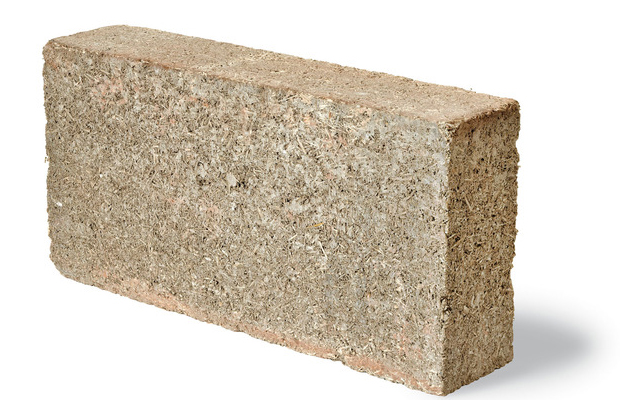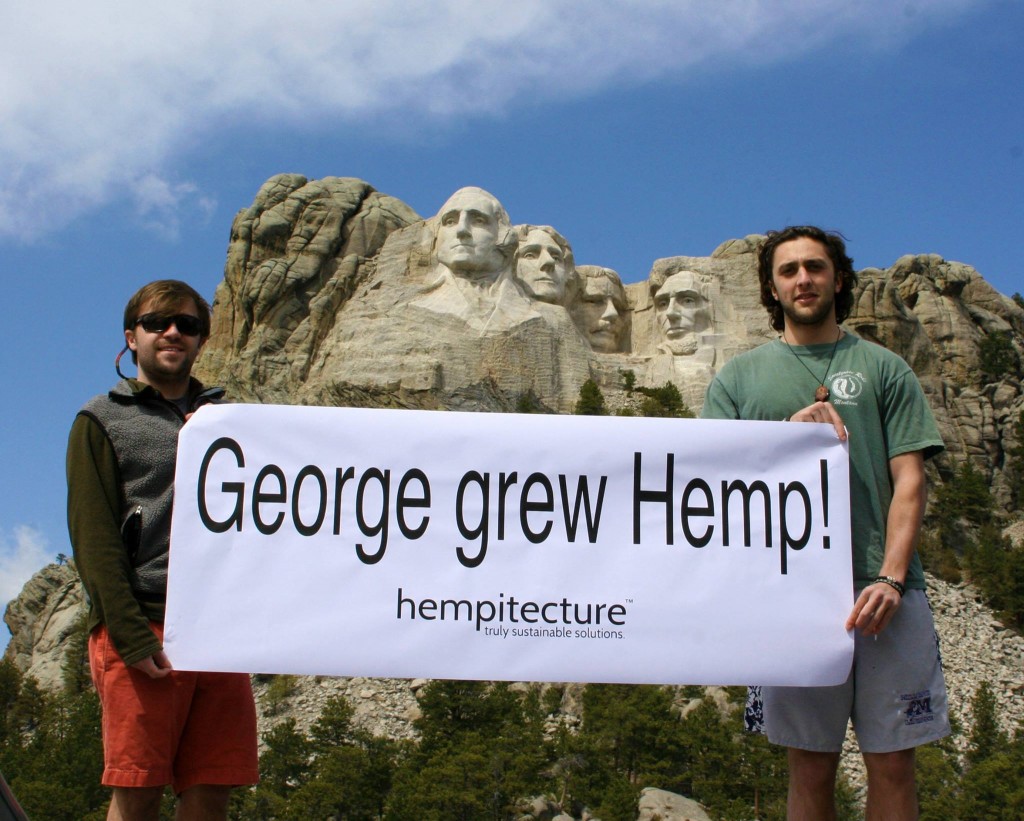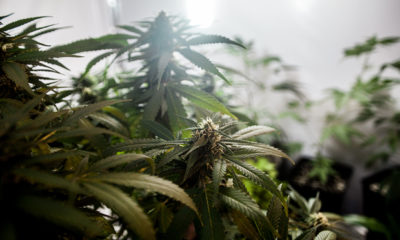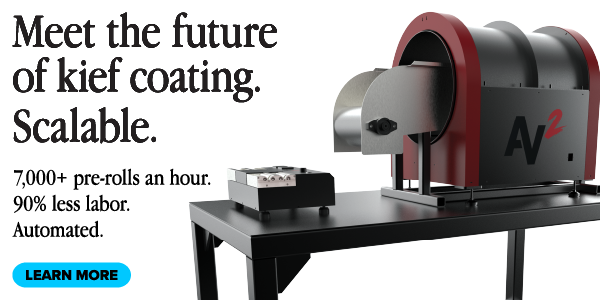
Economics
Hempitecture: Building the First Public Use Hemp Building in the United States
Recent Hobart and William Smith Colleges grad Matthew Mead and his partner Tyler Mauri have left New Jersey and traveled across the continent to their new home in Sun Valley, Idaho, where they are the driving force behind the implementation of the first ever public use building created from hempcrete.
Hempcrete is a sustainable building material created by blending hemp hurds, a byproduct of industrial hemp cultivation which is often discarded in pursuit of seed or fiber for clothing and food, with a binder (such as lime) to create a natural building material that is not only carbon negative and naturally insulates homes but is also fire, mold and pest resistant as well as energy efficient.
While private hempcrete residences do exist in the United States, they are expensive to build. Although non-psychoactive hemp products are available for sale domestically, they are produced with industrial hemp grown and imported from countries where its cultivation is legal, which drives up hemp’s price on the domestic market.
But, with the passage of the new Farm Bill in February, cultivation of industrial hemp is now legal for states to choose to grow for research purposes, paving the way for Mead and Mauri’s company, Hempitecture, to begin their project. They describe the company as a “design-based startup focused on nature’s most rapidly renewable resource, industrial hemp.”
The idea for their new company, Hempitecture, was developed in 2013 while Mead and Mauri were still in college. Although Mead was studying architecture, he had a heightened interest in environmentally sustainable materials and methods that would best facilitate smart construction designed for the 21st century.
“I really felt there was a strong link [between environmental studies and architecture] the two really need to be connected,” Mead says. “You cannot separate design from consideration to the environment.”
Mead says all his research kept pointing to hemp, which he calls “the best building material on the planet,” and so began a quest to find a way to make hempcrete a ubiquitous building material.
While Mead was still developing Hempitecture at Hobart and Williams Colleges, he was contacted by Idaho Basecamp, an organization that describes itself as “a facility dedicated to education, creative expression and the development of a sustainable relationship with nature.”
The partnership was born and Hempitecture relocated to Sun Valley to break ground on the building, which will be used by Idaho Basecamp to “host yoga retreats, environmental camps, artist residencies, outdoor adventure seekers, and those seeking retreat in the Idaho back country 12 months out of the year.”
Sun Valley is a small resort town in south central Idaho that boasts both ski resorts and a seasonal population of the rich and famous. Like much of the region, Idaho has a low population density and nearly half the land is owned by the federal government, meaning it is largely closed to settlement, preserving the natural beauty of the land.
“Hemp building fits perfectly with [Idaho Basecamp’s] vision of living in balance with nature,” Mead says.
Mead and Mauri are working with well-known architect Dale Bates as an advisor on the project. Bates has been practicing green building and sustainable design for the last 35 years and is the founder of Living Architecture, based in nearby Ketchum, Idaho.
“He is such a valuable resource, he is so open and receptive to building with hemp because he understands it’s a green sustainable building practice, whereas a lot of other architects don’t,” Mead says. “Having someone like Dale on our team is absolutely monumental.”
Mead and Mauri’s journey to the west was also an educational tour of sorts, including a stop at Mount Rushmore and in farm towns across the Midwest.
“All along our drive we really did want to advocate and promote industrial hemp,” Mead says. “Whether it was being in Illinois or South Dakota, wherever we stopped, we would always try and engage in a conversation.”
Mead says when he would tell people they were building the first non-residential hemp building in the U.S., and then explain what hempcrete was, the response was overwhelming positive.
“Every time we said that, there was not a single person who actually had a negative perspective of it, which for me was really refreshing coming from the East Coast and coming from a background of doing these business plan competitions where I was in front of venture capitalists, judges, business men and professors all having this perception of hemp being marijuana and hemp being something that is counter culture and for hippies,” Mead explains. “Being on the East Coast I was really shackled down by that perception. It seemed as soon as I started going west and the more people I started talking to the more people who were open and receptive to the idea.”
Although most people are receptive to the concept, there is still a lot of confusion in the general public about the differences between industrial hemp and female cannabis plants grown specifically for the resin found in their flowers, what is commonly referred to as marijuana.
“Even in Idaho where the community by and large is aware of what we are doing and they are excited that we’re building a sustainable hemp building, I still get questions saying ‘So wait, is this just marijuana?’” Mead says.
Mead and Mauri are attempting to raise $25,000 via a newly launched Kickstarter campaign in order to secure the hemp to build the retreat center. If $25,000 seems low, that is because the project is mostly funded — although Mead says if the project is overfunded it will have a much farther reach in contributing to his dream of making hempcrete a widely used building material throughout the U.S.
“What we are doing with this project is supplementing the fundraising of Idaho Basecamp, which has a budget for this building but to put hemp into that budget was impossible,” Mead says. “Getting the hemp raw material and the binder to a place like Idaho is difficult. The idea is that this campaign right now is solely to fund the raw material and a couple other small aspects of this building project.”
Hempitecture is handling everything pertaining to hemp for the project and has assembled a strong local team with Idaho Basecamp to complete the project. Mead says that overfunding the project would be ideal because it would allow them to realize their larger goal by allowing them funding to continue researching and prototyping processes and blends that would pave the way for more hempcrete construction nationally.
“We want to source local materials — we don’t want to continue ordering everything from overseas, the carbon imprint of that is massive — by doing this project with Idaho Basecamp we are creating an example. If you can build in the backcountry of Idaho where five months of the year it doesn’t get above freezing and there are avalanches and earthquakes, you can really build with hemp anywhere on earth,” Mead says.
Would you live in a hempcrete home? Tell us in the comments below!
























